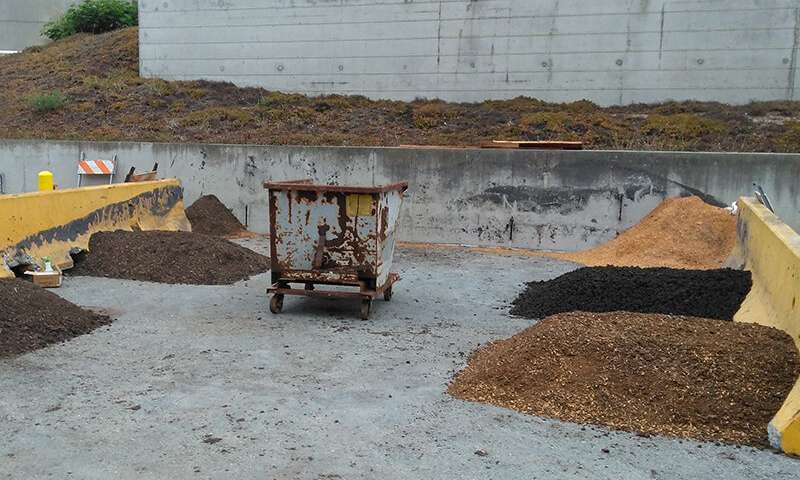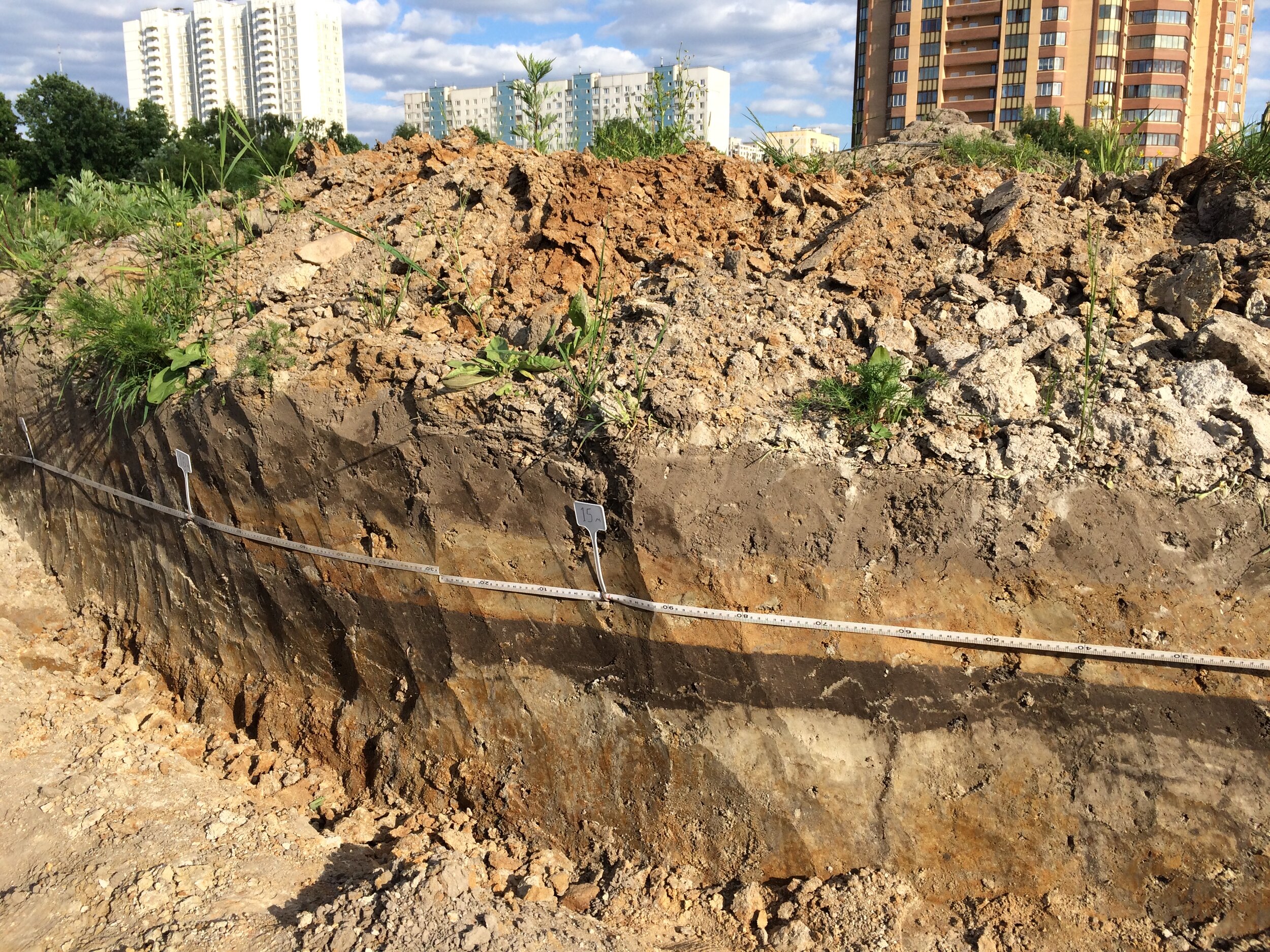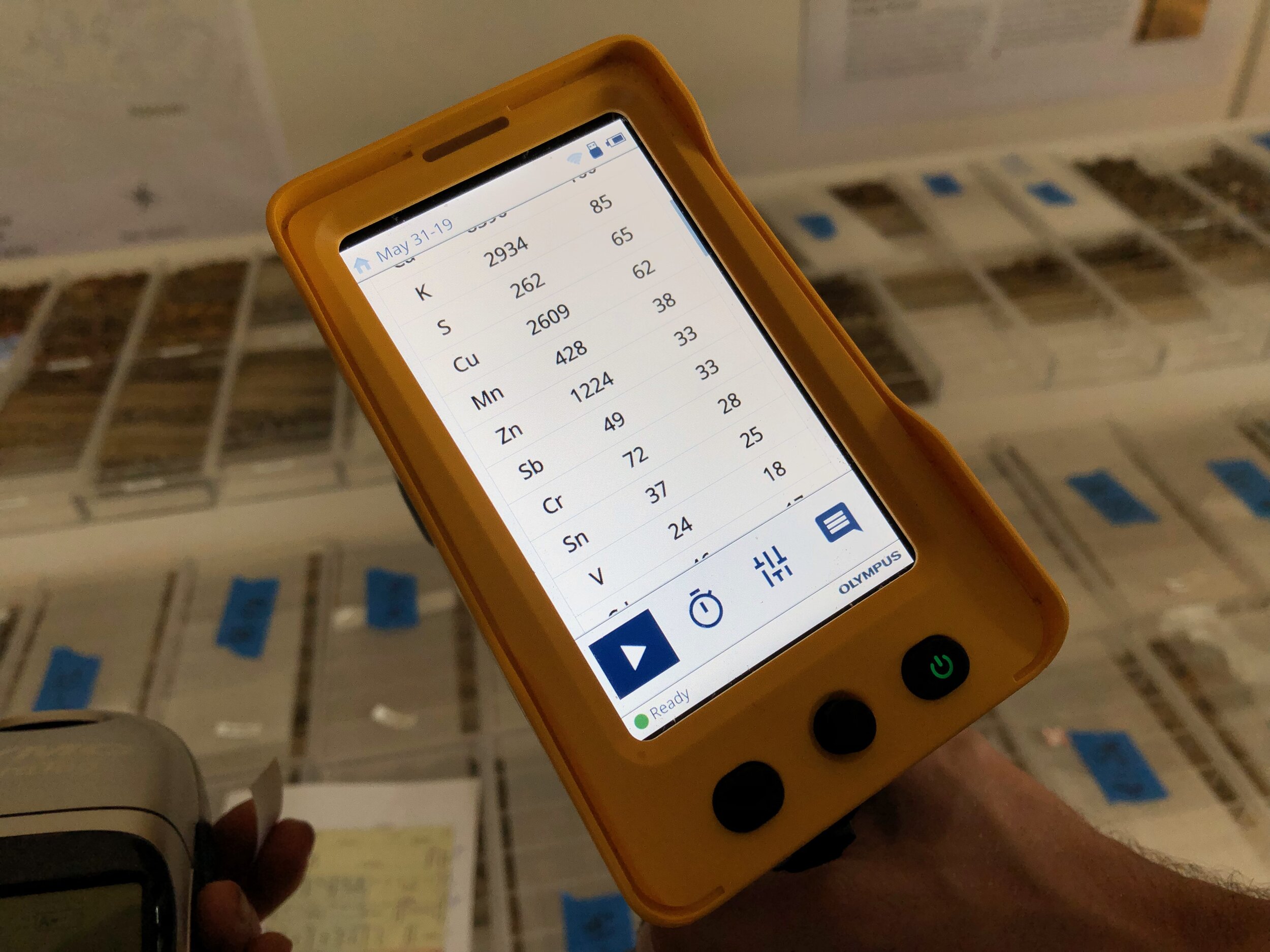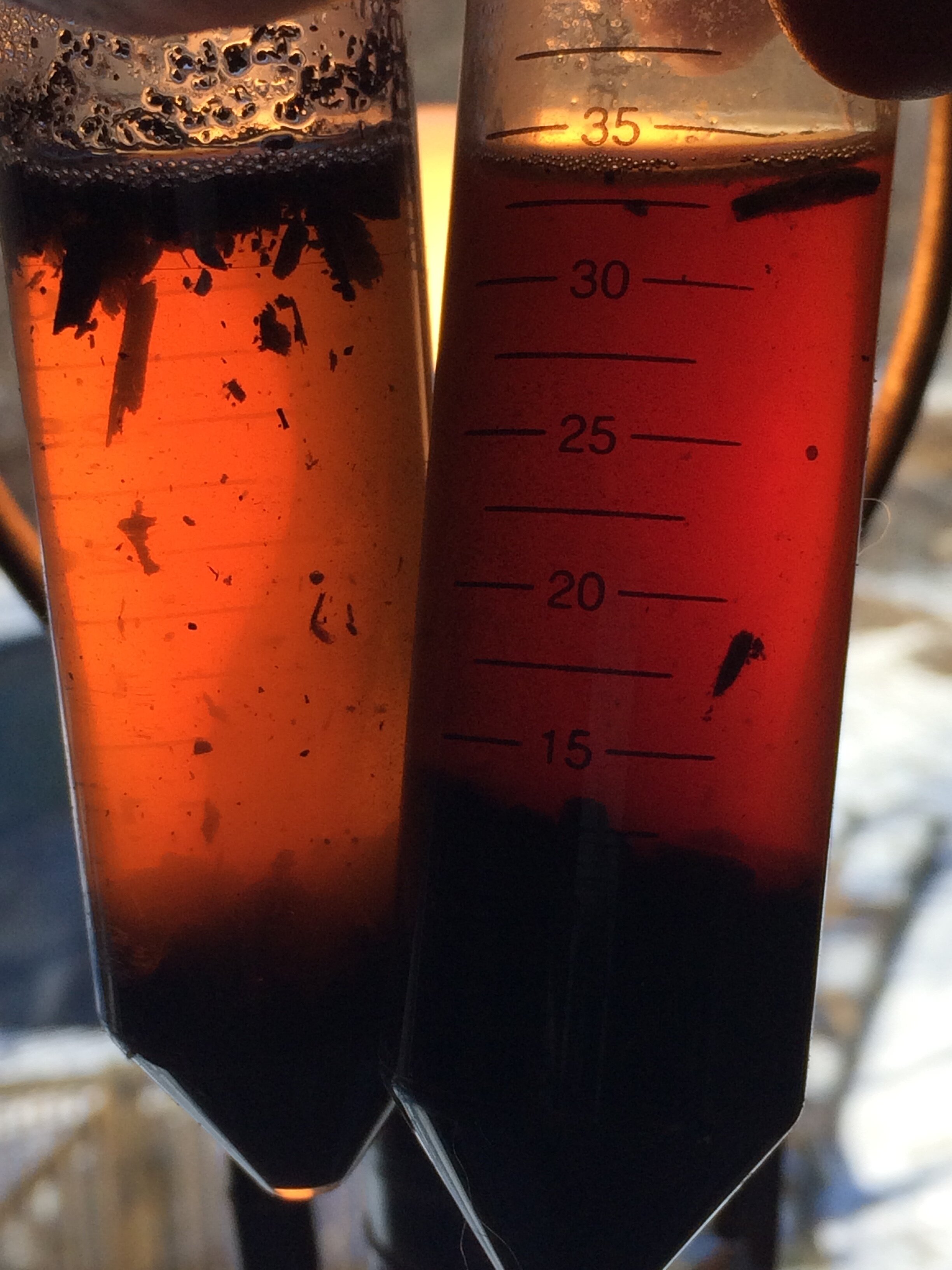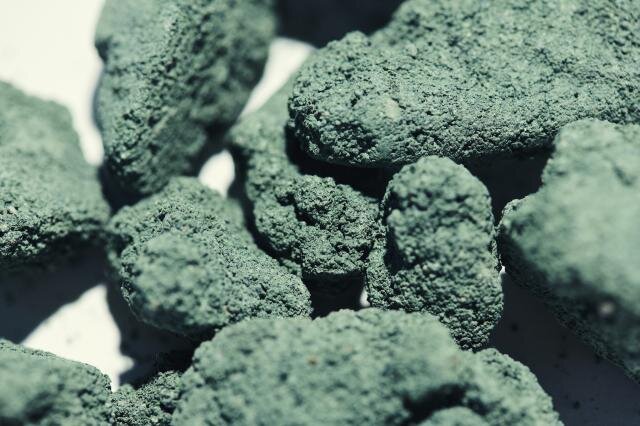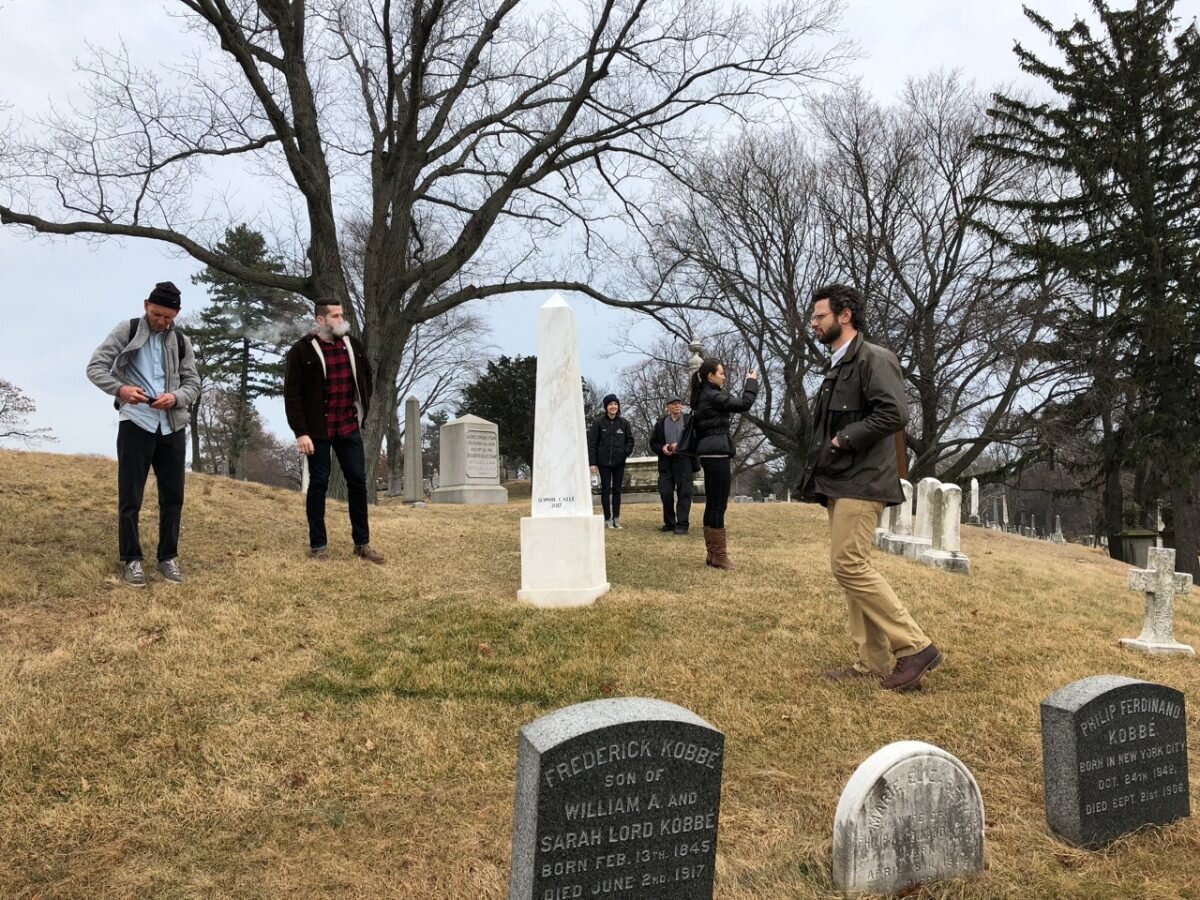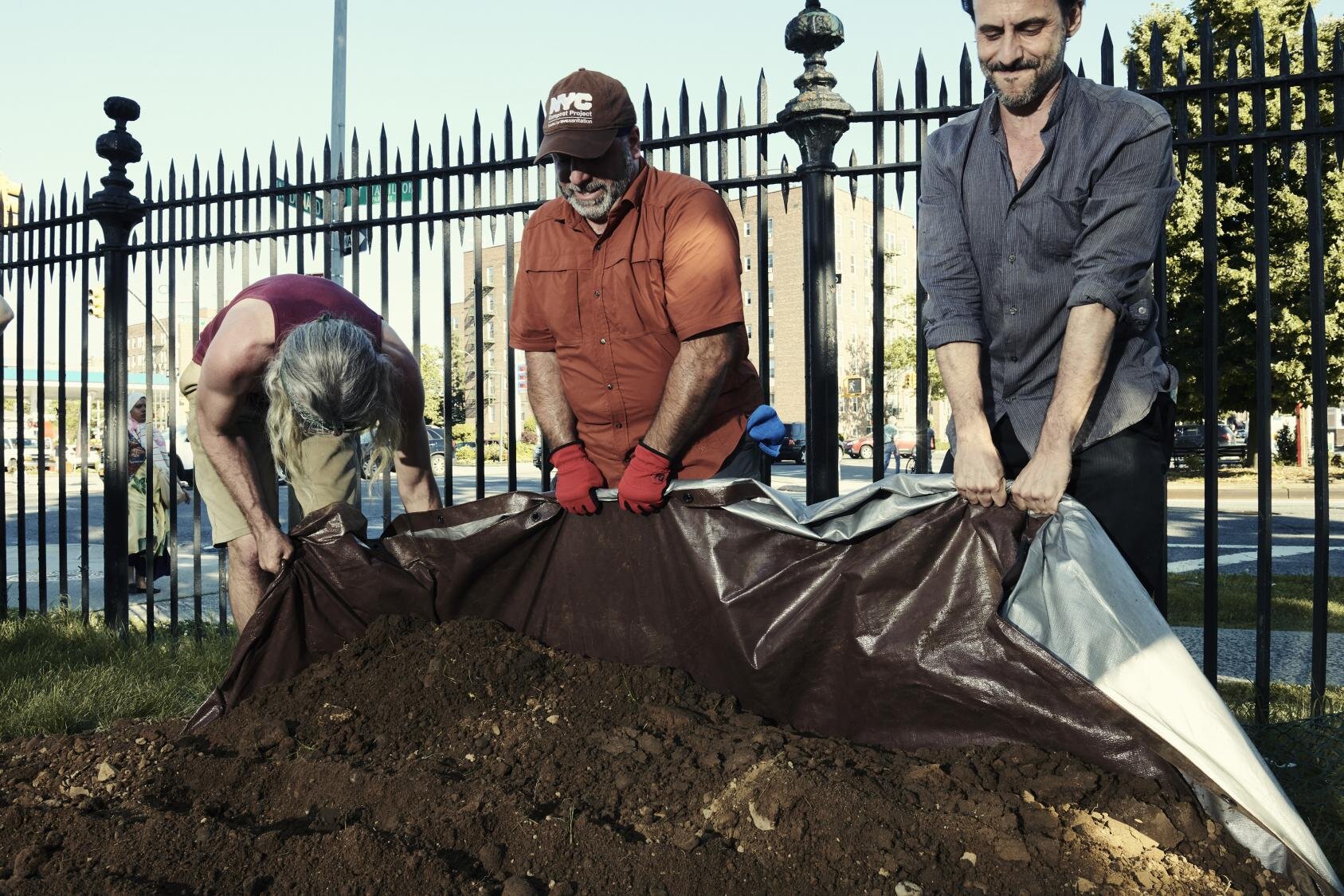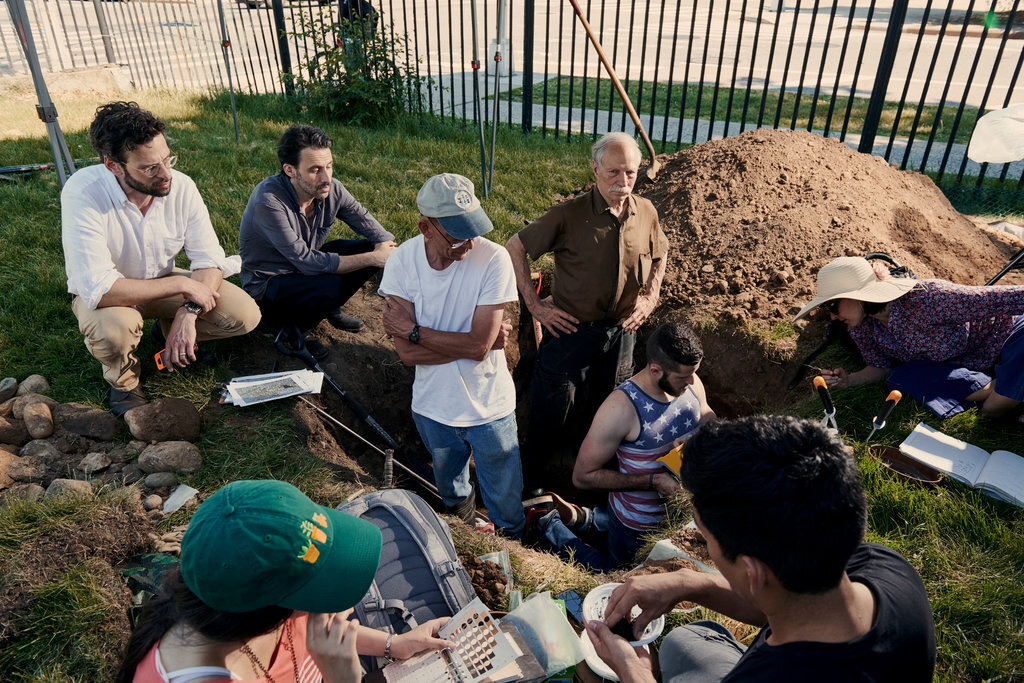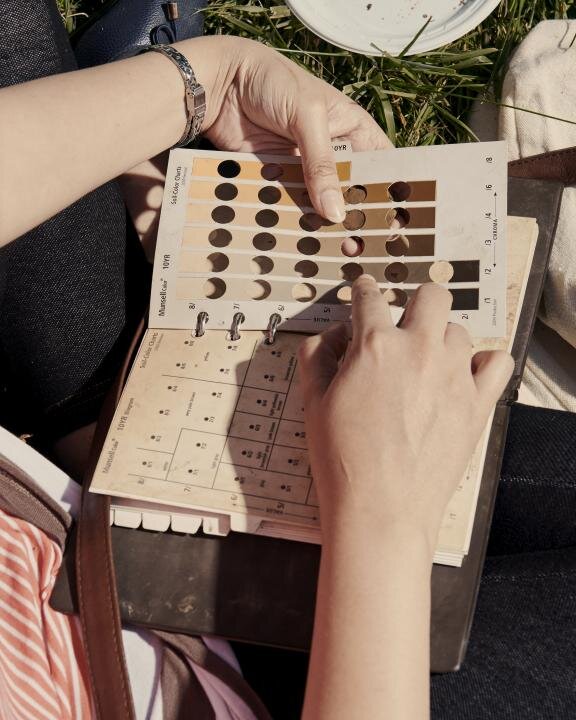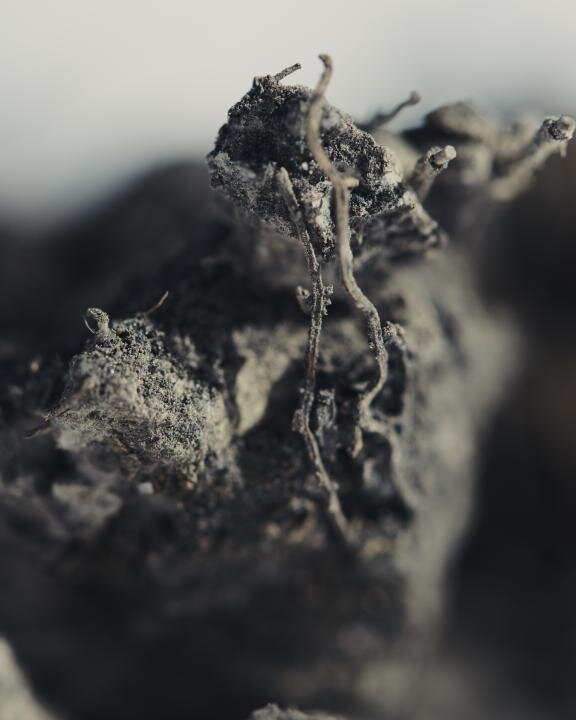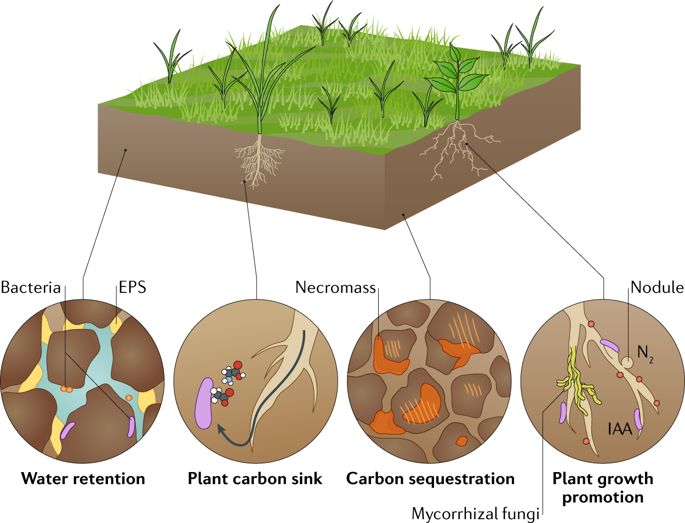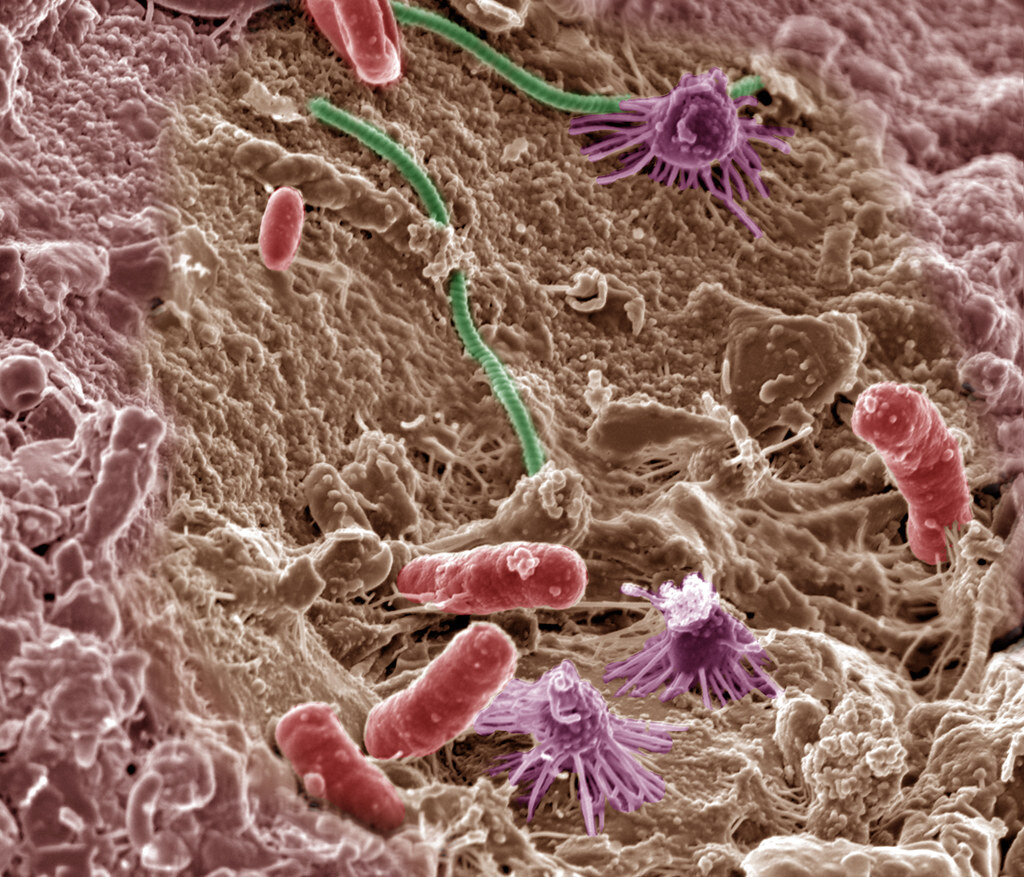USI Research Agenda: Critical Topics in Urban Soils
“Lift each of us above his cell in the labyrinth of learning in order that he may see the entire structure as if from above, where each separate part loses its comfortable separateness.”
— Dædalus, american academy of arts and sciences
The following are current research topics that USI is undertaking in collaboration with members of the USI Collaborative Research Network, our Extended Team Partners, community members, stakeholders, and other entities.
All research investigations are led by the USI and are ethically managed; all partners agree to ethics protocols. We believe in high standards of research ethics where ideas, work, and data is credited, sourced, cited, and protected, and where relationships are respected and maintained. Honesty, decency, and integrity are the cornerstones of our community.
Each USI research project represents a dense and dynamic urban complexity and to the best of our abilities is carried out using a holistic approach. We consider the scientific, the social, the economic, the political, and the artful pathways into questions and problems. We seek and welcome multiple disciplines and approaches and work towards integrated methodologies. We embrace broad communication of our research to allow for better application of findings, deeper understanding of topics, and a better handle on how research data fit into decision-making in the multiple contexts in which soils are considered. Meeting dynamic, complex soils issues with a dynamic and complex research process is imperative to our understanding of ecosystems, of humankind in its habitat.
Featured: Cadmium Fate and Transport Study
CADMIUM FATE AND TRANSPORT STUDY (CURRENT)
Lead concentrations are a common focus of soil contamination studies in urban centers, which in our experience, has resulted in other potentially harmful heavy metal contaminants such as cadmium to fall by the wayside. Significantly more research exists on lead contamination in cities relative to any other heavy metal. As we looked into other studies, it is apparent that there is a lack of a comprehensive investigation into the fate, transport, and cumulative/individual effects of Cd, not only on our human health and the overall health of our ecosystems, but in the potential remediation or reduction of elevated exposures of Cd into our ecosystems. How did cadmium exposure become commonplace in our daily lives (through food, water, non-consumables, soils, composts), when the natural abundance levels are much lower? What is the source, fate, and transport of Cadmium in our anthropogenic and natural settings? What are the mitigation strategies for Cd levels in compost?
USI is currently working on a literature review of Cadmium fate and transport studies done in both anthropogenic and natural environments, as well as Cd effects on humans and animals.
USI seeks to identify the quantitative differences between solid fertilizer application and foliar application in terms of heavy metal abundance in the final product.
USI is conducting a study on developing a Cd-free compost.
Ongoing, Multi-Year
COMPOST ASSESSMENT AND APPLICATION
USI is generating compost quality assessment standards to identify best end-uses for various compost types and qualities. With these standards, USI will create soil mixes for specified applications that will be available to the public. Guiding questions for this research project include: How do the various processes within the composting process infer the quality and complexity of the end product? How to assess a compost for chelating capacity, its stability, and lifetime? What quality and quantity of organic matter waste should be added to improve soil health?
MAKING SOILS
Can a constructed soil mimic a natural soil and optimize functional capacities for specific urban applications (various types of GI, contamination remediation, and restoration of degraded soils, ecosystems, and habitats)? How ion regulation by interfacial matrices: humus, clay, and fine root surface area control fate and transport of metals in soil horizons. What are the incremental impacts of rhizosphere development on cation availability on mixed clay substrates/loam-on natural and engineered soils?
BIOSOLIDS FOR REMEDIATION
This research is a Case Study of our multi-year work with El Jardin del Paraiso, E 4th St. Manhattan. A look into biosolids remediation capacities and endurance for lead and other metal contamination-mitigation.
HEAVY METALS FATE AND TRANSPORT
USI looks at how contaminants are distributed in soil structurally throughout horizons in New York City gardens, farms, cemeteries and industrial sites.
BIODIVERSITY AND “INVASIVES”
USI is contracted to provide soil testing and evaluation services for New York City’s public parks to support horticulture staff to do a When you get ecosystem development and have “invasives,” do you get a potential for increased or decreased biodiversity with “native” and “non-native” pollinators?
WHAT ARE SOILS TO YOU?
Led by USI Director Tatiana Morin, and involving the entire USI team, this research is anecdotal, performative, interactive and posed at each point of engagement with urban residents, from classroom teachers and students to real estate developers and community gardeners. How are urban residents’ perceptions and concerns about soils changing with more exposure to resources and education about soils?
SOIL DEVELOPMENT UNDER DIFFERENT LANDSCAPE MANAGEMENT—A CASE STUDY AT GREEN-WOOD CEMETERY
USI’s research on this critical urban soils topic (1) describes the evolution and pedogenesis of urban soil influenced by human impact; (2) evaluates the interaction between humans, rhizosphere, and topography and their effects on the vertical and horizontal distribution of SOC in Topsoil and Subsoil; (3) develops a formalism to model the water transfer adapted to a spatially and temporally dynamic porous media, and; (4) integrates the carbon and nitrogen cycle to this model to estimate the quantity of SOC storage in urban soil and their capacity of denitrification.
MICROBIAL REMEDIATION
Led by USI’s Extended Team Partner, Bharath Prithiviraj, we conduct fieldwork to identify which soil conditions, or other environmental factors, contribute to a microbe’s or microbial community’s success at remediating contaminants. What microbial communities (with a focus on fungi) are already part of urban soils and what stimulates them? Case studies across contaminated sites in NYC.
pXRF—A RESEARCH TOOL
A longitudinal study by USI’s field and lab staff evaluating the validity of the pXRF as an alternative analytical tool to the ICP-MS for soil, leachate, compost, and vegetation investigations.
photo credits, left to right / row 1:

